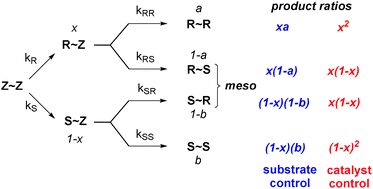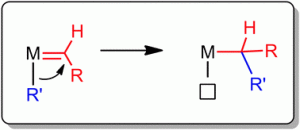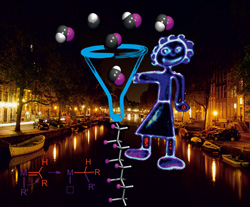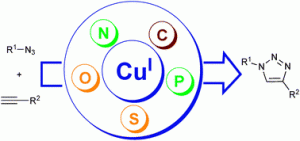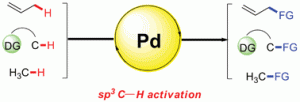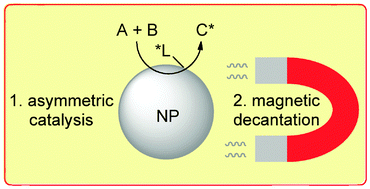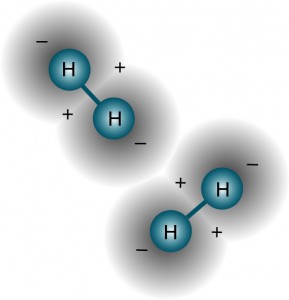
In mankind’s quest for clean energy and environmentally friendly (and more sustainable) alternatives to fuel vehicles, the production of electricity through hydrogen fuel cells is attracting ever growing interest. Fuel cells, in the specific proton exchange membrane fuel cells (PEMFCs), are promising candidates due to their limited size, their low working temperature and the absence of polluting side-products. The major drawback to this technology is the need for highly pure hydrogen since even very low amounts of contaminants can poison the system and reduce the efficiency of the cell or even damage it irreversibly.
It is in the production of high grade hydrogen on industrial scale that membranes might play another essential role. From 1995 onwards, the amount on research on hydrogen production via membrane reactors has grown drastically. In addition, this research is focusing on processes that use renewable or sustainable starting materials.
In a recent Catalysis Science & Technology review, Iulianelli and Basile of the University of Calabria give an elegant description of the state-of-the-art hydrogen production methods and discuss in depth the advances of the more novel inorganic membrane-based reactors.
The process of ethanol conversion into hydrogen using membranes and the more common steam reforming technology are presented in chemical and thermodynamic terms, followed by a brief but accurate review of the materials employed in the fabrication of such membranes and their physical characteristics, with emphasis on the most efficient and promising ones like palladium-based membranes (which drawbacks are also highlighted).
The review also includes a large series of examples of the activity of Pd-membranes in combination with several inorganic catalysts, with clear indication of yields and operating conditions. The authors` perspective on the future of this emerging technology concludes a very informative work.
Read the full review here.
Hydrogen production from ethanol via inorganic membrane reactors technology: a review
A. Iulianelli and A. Basile
Catal. Sci. Technol., 2011, Advance Article
DOI: 10.1039/C0CY00012D, Perspective
